Application Note 137: Ginnalin A and Tabersonine Inhibition of Amyloid β(1-42) Aggregation
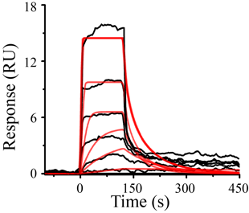
Alzheimer’s disease (AD) is currently ranked as the sixth leading cause of death in the United States and is the most common neurological disorder. Production and accumulation of amyloid-beta (Aβ) peptides in the brain are a hallmark of AD. Among Aβ peptides of different lengths, Αβ(1-42) has the highest propensity to aggregate.
Application Note 136: Sensitivity and kinetic analysis of carboxyl-graphene oxide-based SPR biosensors for label-free detection of lung cancer biomarker
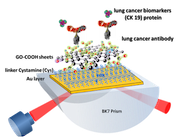
This work demonstrates the excellent potential of highly sensitive carboxyl-graphene oxide (carboxyl-GO) based surface plasmon resonance (SPR) immunosensor for the detection of lung cancer for cytokeratin 19 biomarker in human …
Application Note 135: Measuring Binding Kinetics in Cell Medium with SPRM
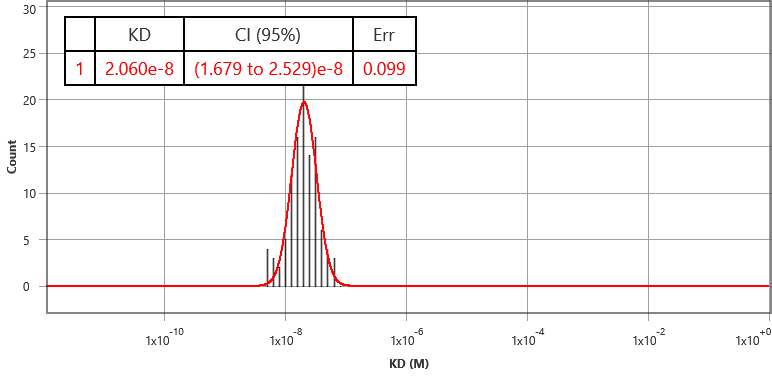
Fixation of cells is a convenient and routinely used method by many labs to study cells. However, fixation may alter certain types of protein receptors, thus affecting their binding kinetics. …
Application Note 134: Positive and Negative Control Studies of Small Molecule Binding to Membrane Protein
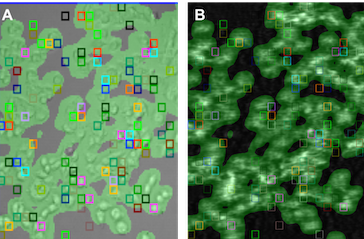
SPR microscopy (SPRm) has emerged as a unique tool for measuring the affinity and kinetics of ligand binding to membrane proteins on the cells directly. The technology integrates the traditional …
Application Note 133: Interaction of Protein Phosphatase 1 with its Muscle Glycogen– targeting Regulatory Subunit Measured by SPR
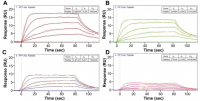
Glycogen is the primary storage form of glucose. Glycogen synthesis and breakdown are tightly controlled by glycogen synthase (GYS) and phosphorylase, respectively. The enzyme responsible for the process is protein …
Application Note 132: SR142948 Antagonist Binding to NTS-1 Receptor Using SPR Microscopy

Neurotensin receptor belongs to the family of G protein-coupled receptors (GPCR), which has 424 amino acids with 7 putative transmembrane domains.(1) Neurotesin receptor 1 (NTS-1) mediates multiple functions of neurotensin, …
Application Note 131: SPR Microscopy for Live Suspension Cells

SPRm 200 system is the world’s first commercial Surface Plasmon Resonance Microscopy (SPRM) which combines the high spatial resolution of optical microscopy with the label-free sensing capability of SPR. With …
Application Note 130: Measuring molecular binding kinetics with SPRM Impedance

SPR Microscopy (SPRM) is a powerful tool for measuring the binding kinetics of ligands or drug compounds with membrane proteins, including GPCRs. It has many other unique features that lead …
Application Note 129: AZ1395 small molecule targeting GPR39

Membrane proteins play critical roles in cellular communications and are the most popular drug targets, accounting for over a half of the FDA approved drugs. One particularly important example of …
Application Note 128: SPR Microscopy for Acid-Sensing Ion Channels

Acid-sensing ion channels (ASICs) are voltage independent cation channels, which are expressed in both central and peripheral neurons.[1] Four genes that encode six ASIC subunits have been identified in mammals …
